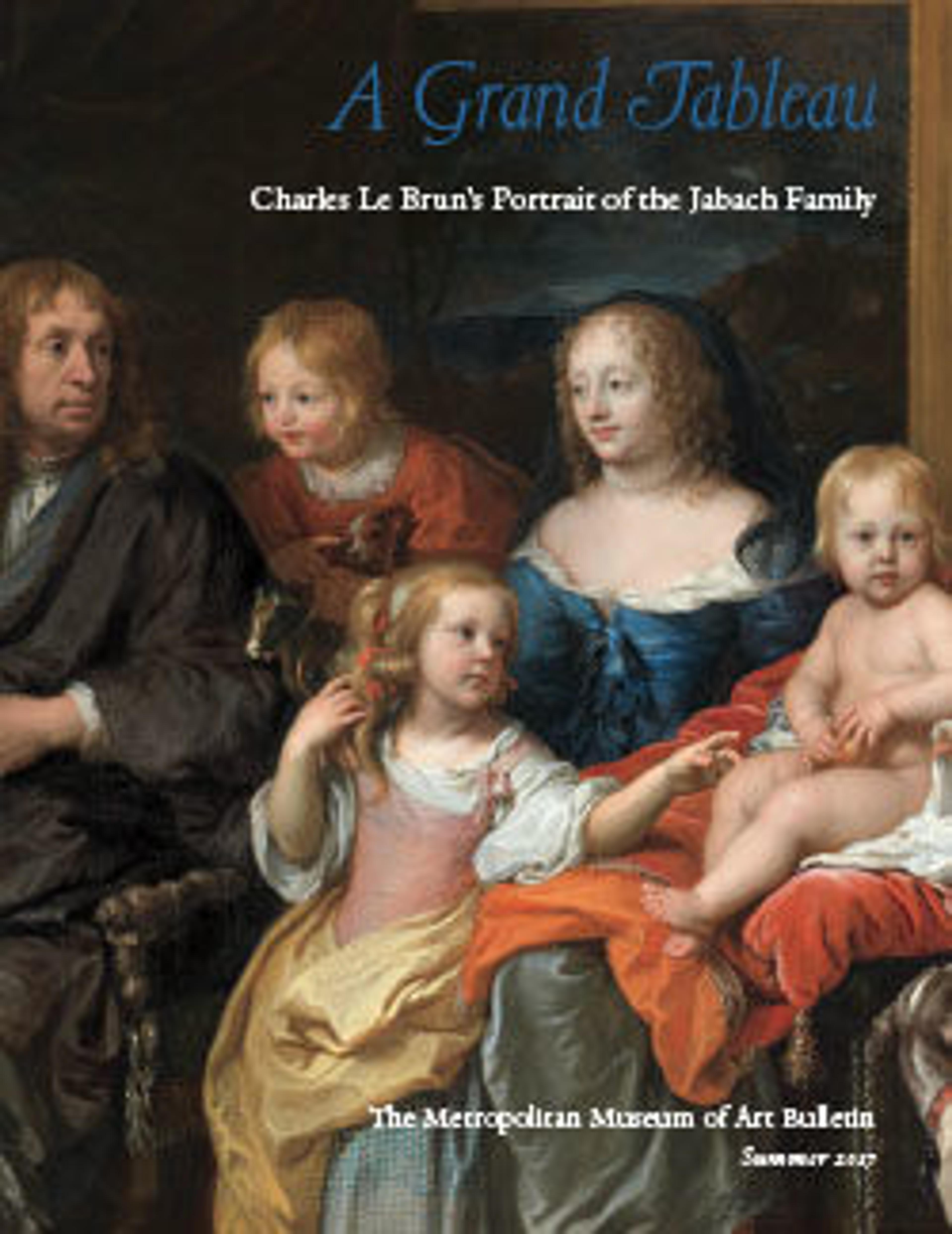Jean-Baptiste Colbert (1619–1683)
In addition to being an important painter of religious subjects, Champaigne gave a face to many key players in the administration of Louis XIV’s France, including the sitter of this portrait, who entered the king’s service in 1661 and eventually became minister of finance. Colbert’s friendship with Charles Le Brun resulted in the founding of the French Royal Academy, the institution that would dominate French artistic life for the next two centuries. While in office, Colbert promoted policies that were codified after his death, such as the Code Noir (1685). This decree gave legal sanction to a brutal system of torture and repression intended to enforce the institution of slavery in the French colonial empire, restricted the activities of free Black people, made Roman Catholicism a compulsory religion, and ordered Jewish people to leave the colonies.
Artwork Details
- Title: Jean-Baptiste Colbert (1619–1683)
- Artist: Philippe de Champaigne (French, Brussels 1602–1674 Paris)
- Date: 1655
- Medium: Oil on canvas
- Dimensions: 36 1/4 x 28 1/2 in. (92.1 x 72.4 cm)
- Classification: Paintings
- Credit Line: Gift of The Wildenstein Foundation Inc., 1951
- Object Number: 51.34
- Curatorial Department: European Paintings
More Artwork
Research Resources
The Met provides unparalleled resources for research and welcomes an international community of students and scholars. The Met's Open Access API is where creators and researchers can connect to the The Met collection. Open Access data and public domain images are available for unrestricted commercial and noncommercial use without permission or fee.
To request images under copyright and other restrictions, please use this Image Request form.
Feedback
We continue to research and examine historical and cultural context for objects in The Met collection. If you have comments or questions about this object record, please contact us using the form below. The Museum looks forward to receiving your comments.
